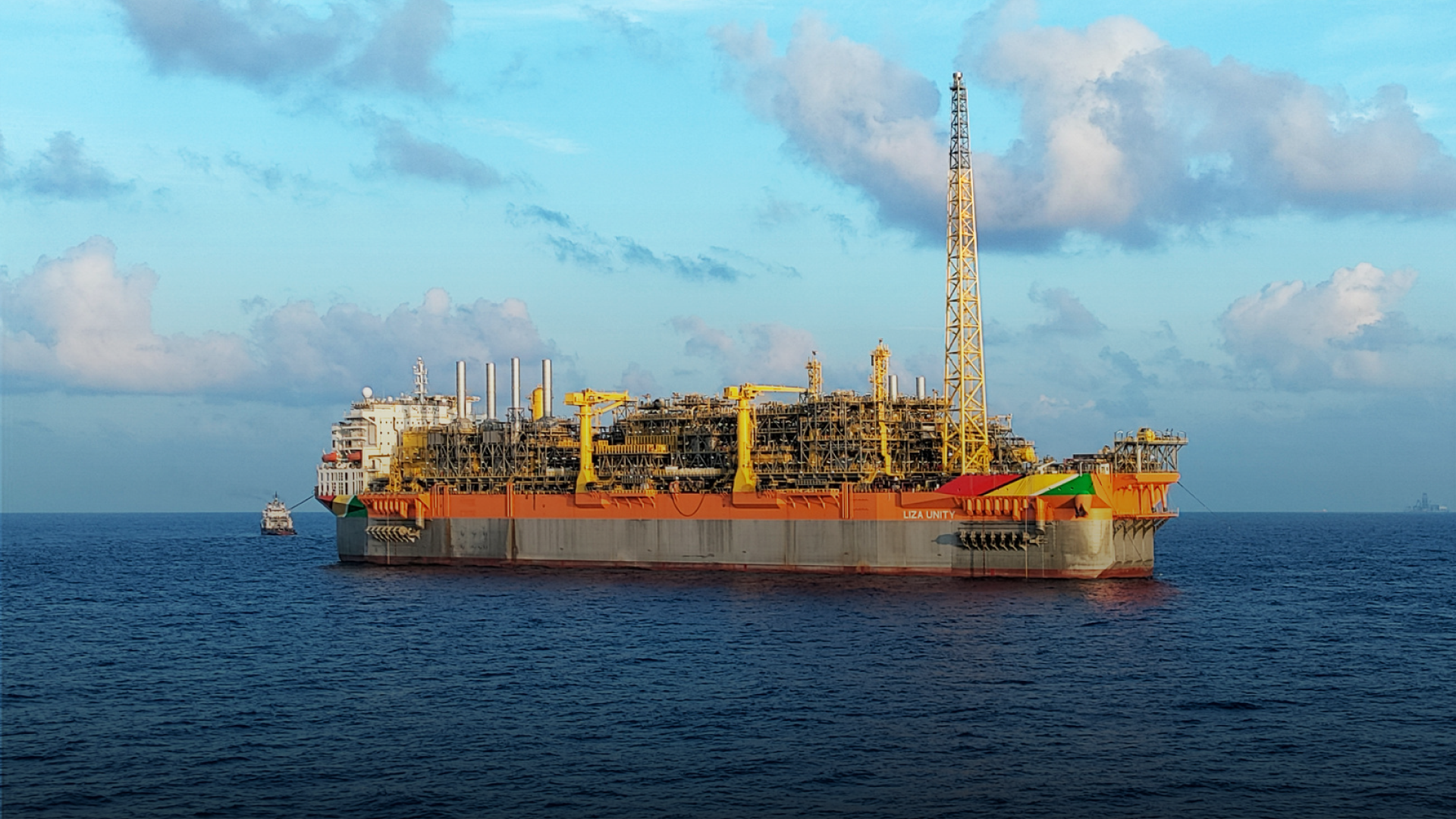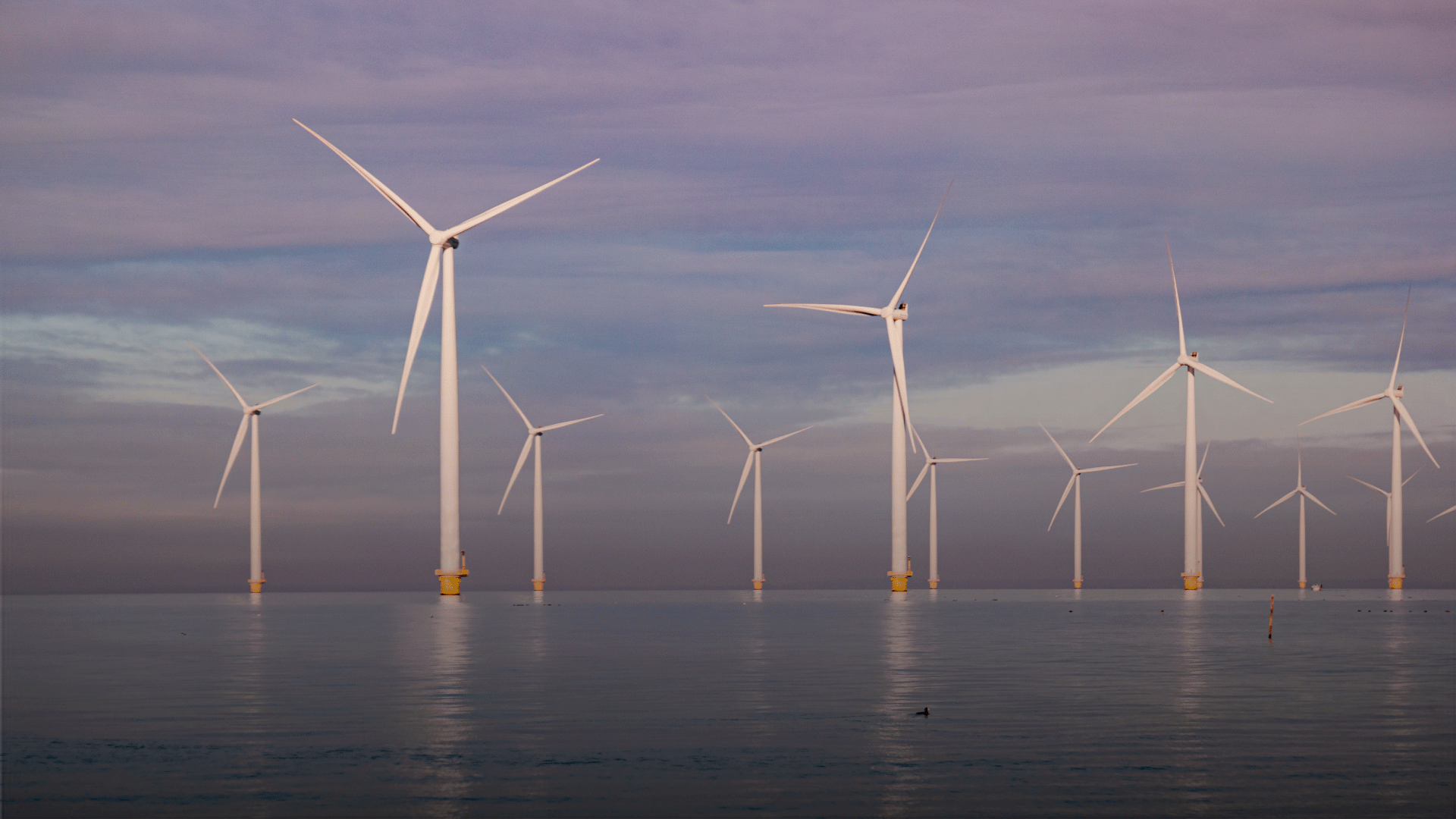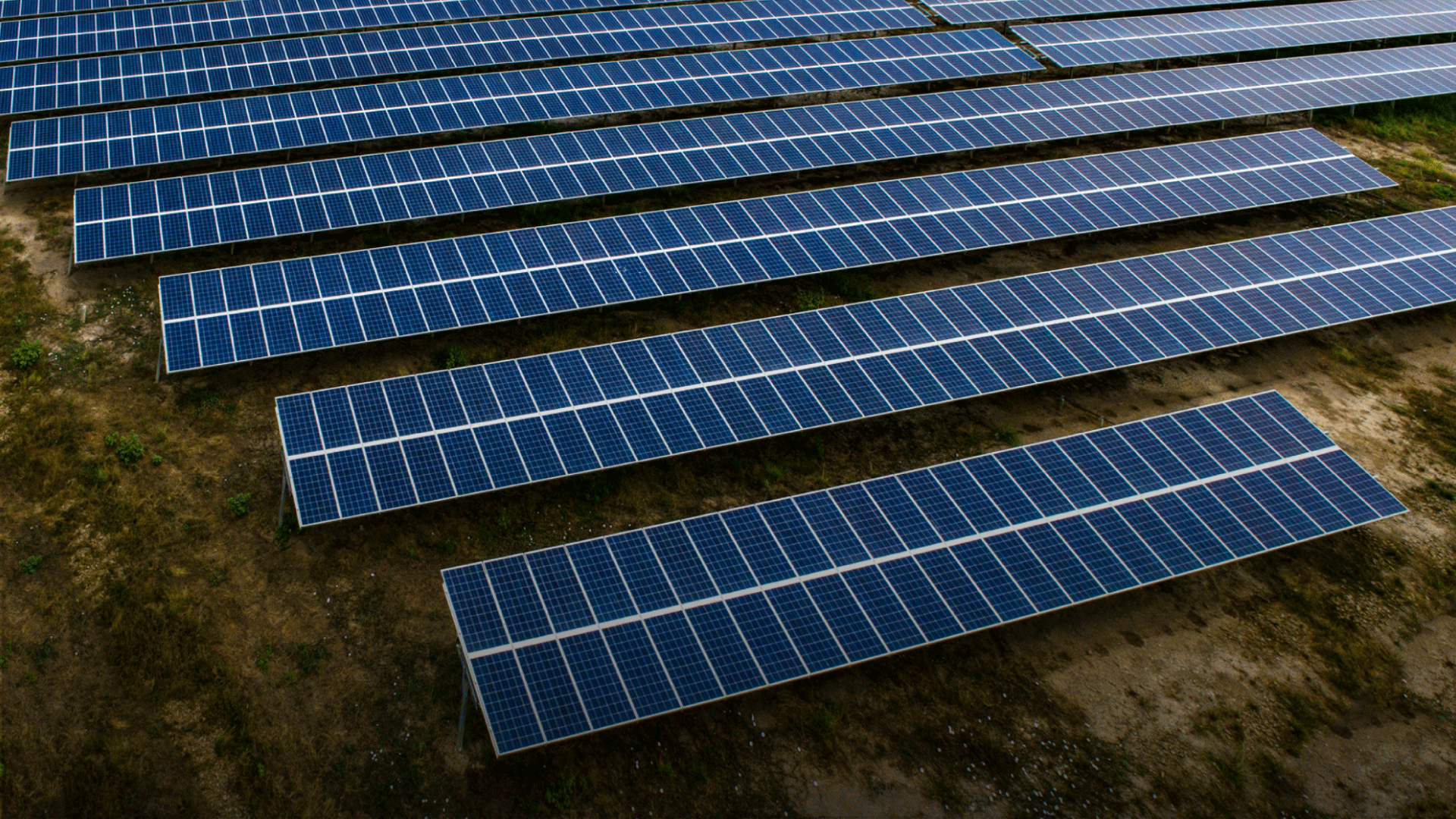SBM Offshore announced the signing of a study with Petrobras for the application of Carbon Capture Modules on Floating Production Storage and Offloading (FPSO) units. This process will minimize the greenhouse gas emissions related to the production of offshore oil and natural gas, thereby complementing the industry’s quest for lower-carbon operations.
Innovative Carbon Capture Technology
The Carbon Capture Module design is based on a collaboration between SBM Offshore and Mitsubishi Heavy Industries (MHI) and has been qualified by DNV. The module integrates MHI’s proprietary CO₂ capture technologywith SBM Offshore’s Fast4ward principles, creating a compact, modular solution to significantly cut emissions from FPSO operations. Additionally, the development is part of SBM Offshore’s emissionZERO program, which focuses on reducing the environmental impact of offshore energy production.
Scope of the Study
The study will evaluate both the technical and commercial feasibility of integrating carbon capture systems into Petrobras’ future FPSOs. It will examine various turbine types and machinery configurations, assess different gas flow rates and turbine power capacities, and analyze CO₂ concentrations and gas compositions to determine the most effective setup for reducing emissions in offshore oil and gas production.
Also read: Technip Energies and SBM Offshore establish Ekwil for floating offshore wind solutions
Advancing Decarbonization Efforts
Olivier Icyk, Chief Business Officer at SBM Offshore, said, “The signature of this study demonstrates the trust that Petrobras has in SBM Offshore as an ocean infrastructure pioneer. We continue to work towards decarbonization solutions in the design of our products and in our offshore operations. Through this study, we will be able to advance the carbon capture module design jointly with our partner MHI for CO2 reduction on future FPSOs.”
This study marks a significant step in integrating carbon capture technology into FPSO design, reinforcing Petrobras’ and SBM Offshore’s commitment to reducing offshore emissions. If successful, the implementation of these modules could set a new standard for carbon reduction in the oil and gas sector.




